In the development and manufacturing of oral care devices, especially water flossers and similar equipment, ensuring long and reliable usage time is vital. However, Short Tank Runtime remains a common issue in many products, directly affecting their usability and effectiveness. For users managing sensitive oral conditions such as Oral Ulcers, this problem can become more than an inconvenience—it can compromise care quality. This article explores how short tank capacity impacts oral ulcer treatment, the causes behind this issue, and what manufacturers can do to resolve it.
Oral Ulcers require special attention during daily cleaning routines. These small but painful sores can worsen with improper hygiene or insufficient cleaning, leading to delayed healing and potential infections. When a water flosser suffers from Short Tank Runtime, the device may not provide sufficient continuous water flow to properly rinse the ulcer area. This interruption forces users to stop mid-cleaning to refill the tank, breaking the cleaning process and potentially leaving bacteria or food particles behind.
Inadequate rinsing due to runtime limitations may reduce the effectiveness of oral ulcer treatment and prolong discomfort or recovery times.
Several manufacturing or design factors can lead to Short Tank Runtime, including:
These factors, if left unaddressed, significantly impair the product’s ability to deliver consistent care for Oral Ulcers. Company web:https://www.powsmart.com/product/electric-toothbrush/
A Short Tank Runtime poses specific risks for users treating Oral Ulcers:
From a B2B perspective, products with Short Tank Runtime can negatively impact customer satisfaction and market competitiveness:
Manufacturers can resolve Short Tank Runtime challenges through several practical design improvements:
These adjustments will make the product more reliable for users managing Oral Ulcers and improve overall market appeal.
For users with Oral Ulcers, uninterrupted cleaning is not a luxury—it is a medical necessity. Devices suffering from Short Tank Runtime risk undermining ulcer care, extending healing periods, and causing user frustration. Manufacturers must therefore view tank capacity and runtime not as secondary features but as essential components of oral health support.
By prioritizing runtime in design and production, suppliers can better serve the needs of sensitive user groups, enhance product competitiveness, and open new opportunities in specialized healthcare markets.Contact us
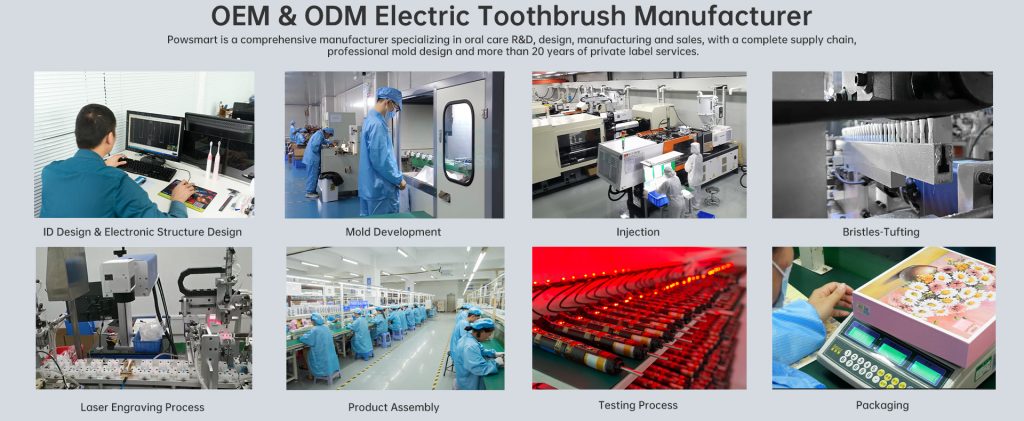
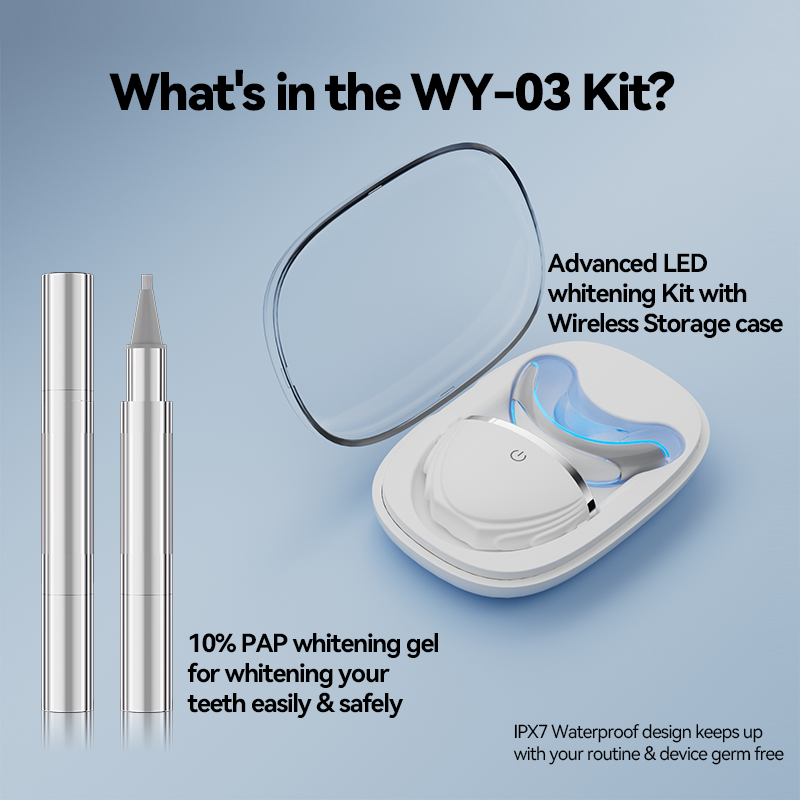
OEM of Teeth Whitening Device: A Complete Solution from LOGO Printing to Light Wave Mode Customization

What Services Can Electric Toothbrush Manufacturers Provide in Terms of After-Sales Service for Their Products?
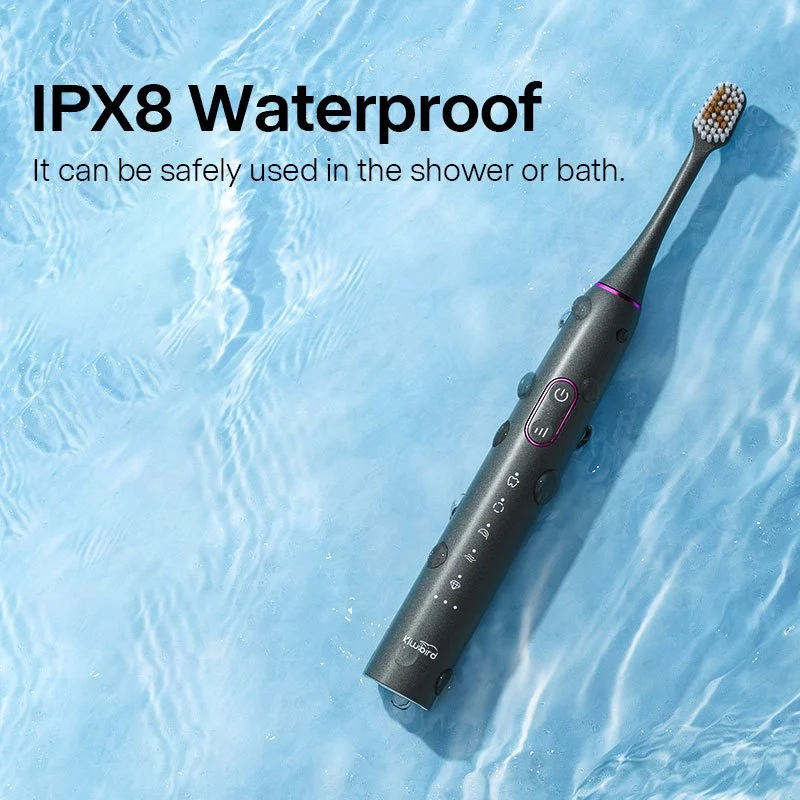
IPX7 Waterproof Electric Toothbrush Customization for Global Markets
Why Is Enamel Vulnerability Linked to Staining Residuals?
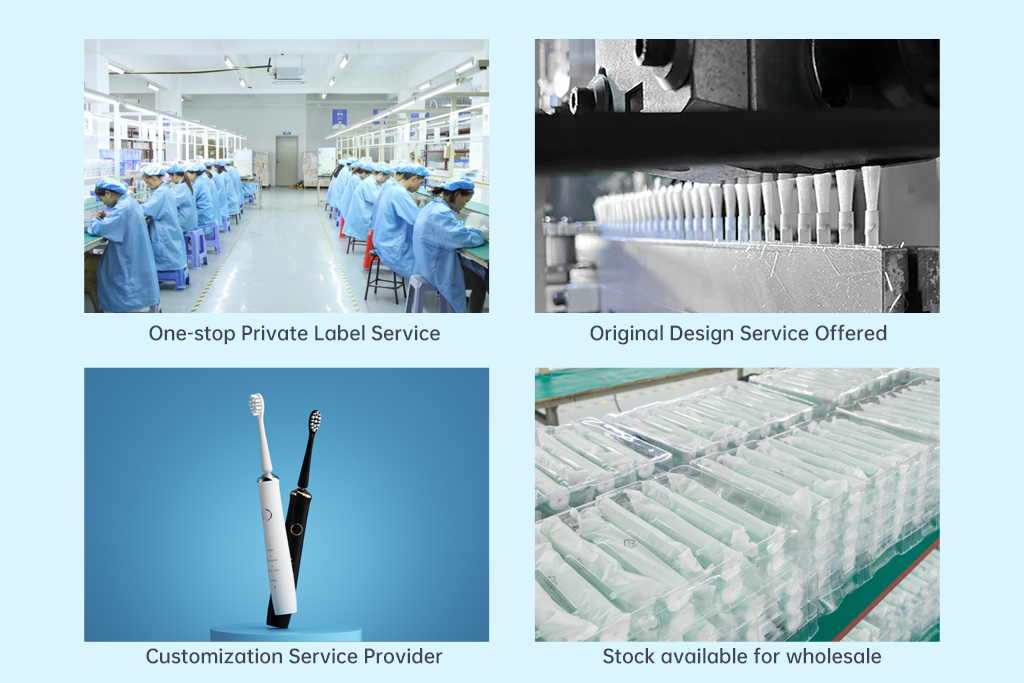
How Do High-Quality Electric Toothbrushes Enhance the Brand Image of Oral Care?
.jpg)
Is POWSMART Rotating Oscillating Toothbrush’s Water Pressure Instability?
.jpg)
Gentle Gum Care Electric Toothbrush Production for Sensitive Teeth
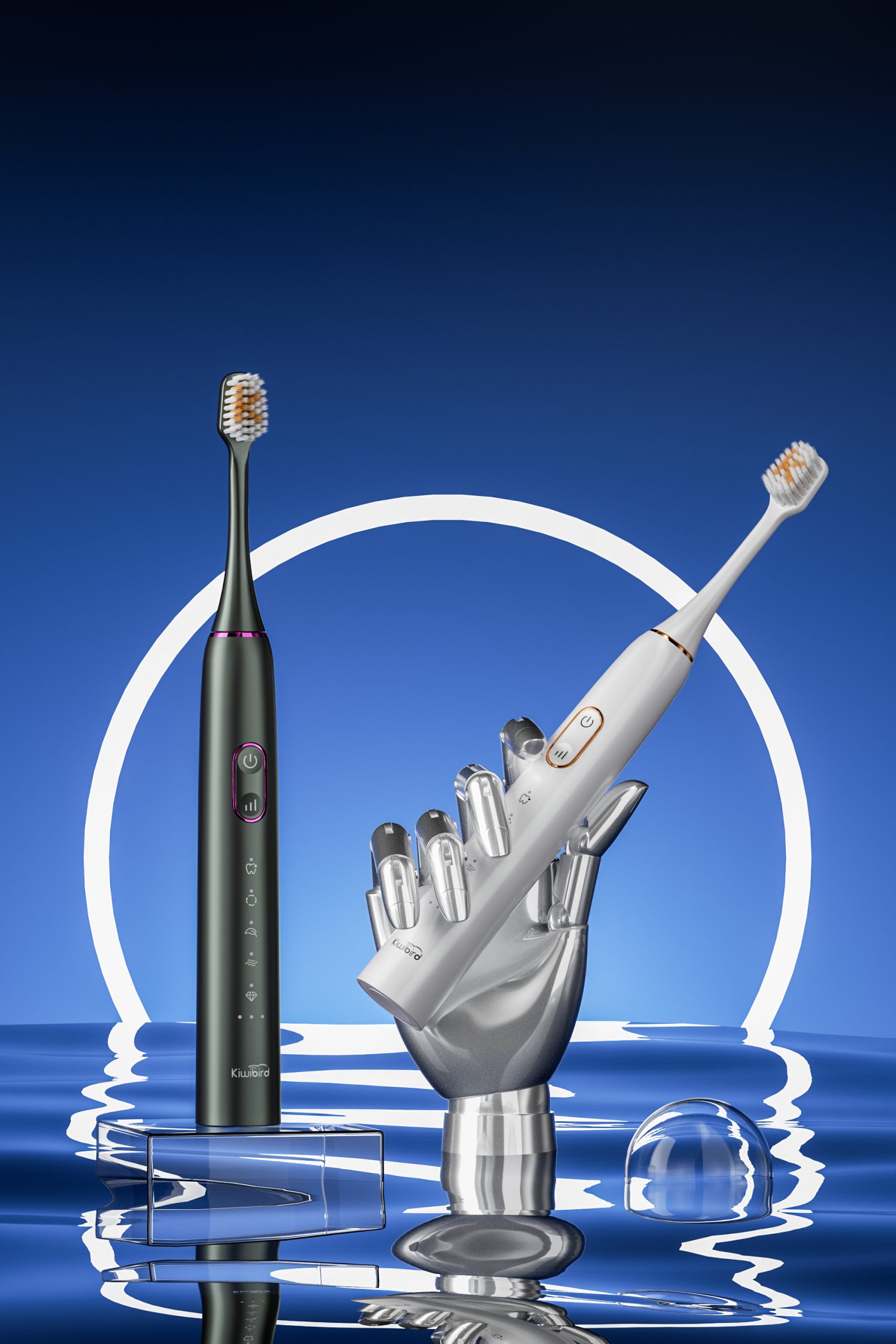
Ultra-Quiet Sonic Toothbrush Manufacturing: <60dB Technology
Can Unstable Vibration Worsen Tooth Sensitivity?
Why Do Pediatric Warnings Address Bleach Residuals?
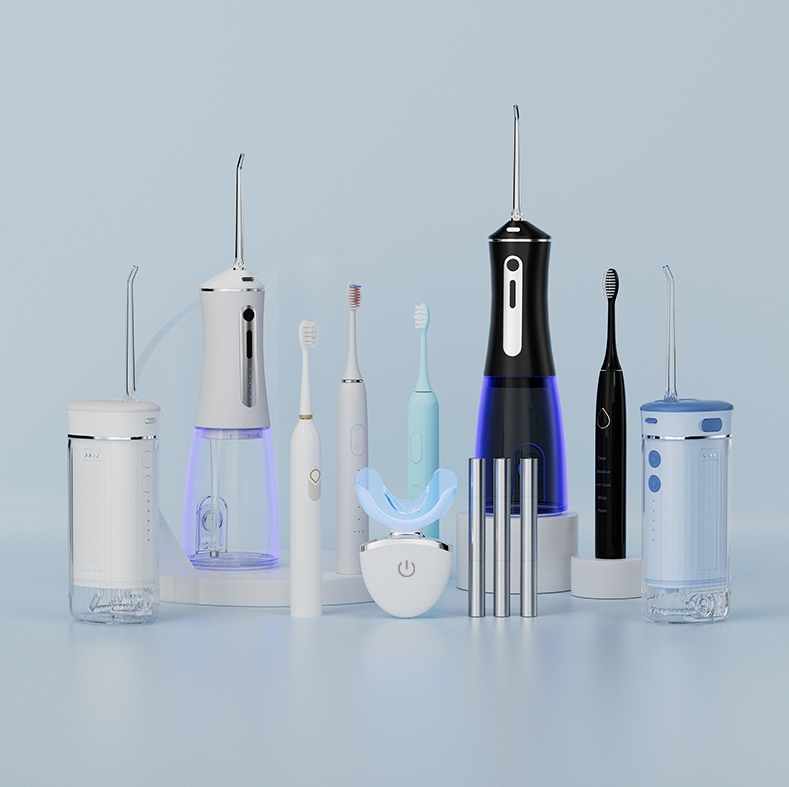
Smart Sonic Toothbrush Private Label: Complete OEM Services for Your Brand

Application of Phototherapy Technology in Teeth Whitening and Oral Care
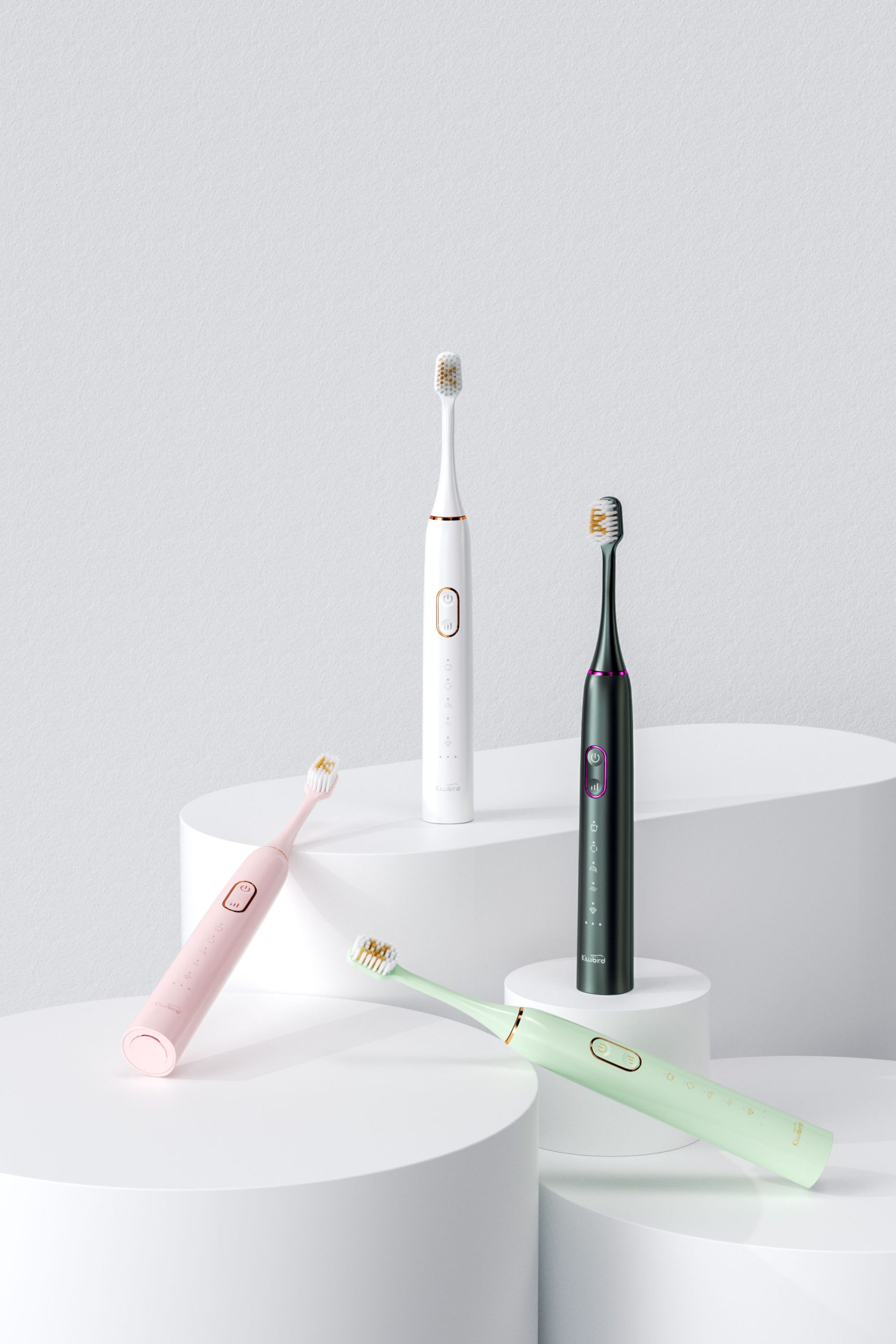
Wireless Charging Electric Toothbrush Wholesale: Contact Technology Solutions

Multi-Function Electric Toothbrush Benefits for Family Oral Care
How Does Cold Light Wavelength Affect Bleach Decomposition?
Why Do Whitening Cycles Cause Efficacy Debates?

electric toothbrush heads Regular Clean

electric toothbrush heads Ultra Soft

Customization Teeth Whitening Gel

Private Label Whitening Gel

Electric toothbrush heads Charcoal Infused-Diamond

electric toothbrush heads Deep Clean

electric toothbrush heads Charcoal Infuse-Round
.jpg)
Florida Electric Toothbrush – Powsmart PTR-C8
whstapp
whstapp
National Toll-Free Service Hotline
+86 755 86238638